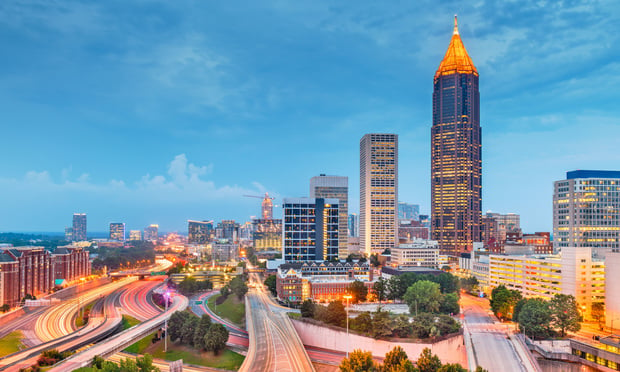IRVINE, CA-The industrial market holds some surprises in terms of development. GlobeSt.com recently spoke with John Hollingsworth, managing director for Colliers International, to discuss how the South Bay has turned around dramatically and the role of the ports in this region's economic recovery.
GlobeSt.com: As we approach the mid-point of 2013, how do you see the industrial market shaping up in Southern California?
John Hollingsworth: Despite some developer cautiousness regarding spec industrial development, there are strong signs all pointing in the same direction—up. Unlike certain struggling office markets that can't seem to get their vacancy rates or rates of absorption going in the right direction, the Southern California industrial market is seeing vacancies dropping and record rates of absorption. In fact, in the Inland Empire, perhaps the largest industrial market in the nation, we have just seen 15 consecutive quarters of positive net absorption.
GlobeSt.com: That's the Inland Empire. Is it the same with other industrial markets closer to the ports of L.A. and Long Beach?
J.H.: Short answer is yes. Long answer is that it is an interesting mix of trends the closer you get to the ports. Here's an example: bot the Mid-Counties and South Bay markets are pulling themselves back from the near-brink along with everyone else when the financial crisis hit in 2009. That was the bottom. Now, the South Bay market is in its seventh quarter of positive net absorption, but what is even more stunning is that lease rates—the average price tenants are paying in this very coveted market—have increased by nearly 14%. Where else to you see rent hikes like that in this nearly flat recovery?
GlobeSt.com: We hear how the ports of L.A. and Long Beach are the gateway from China and the rest of Asia. How far apart is this from the truth?
J.H.: The ports are the gateway from China, our biggest trading partner in the world. But we must be able to keep our infrastructure in top shape to receive these massive and ever-quickening deliveries from all parts of the Orient. And we must be able to secure development rights for warehousing and distribution and all forms of logistical support to transport these goods from the ports. And it's a two-way street.
GlobeSt.com: A two-way street? What do you mean by that?
J.H.: As manufacturing and exporting from here picks up, as they should in any real recovery, we must be able to get those goods from warehouses to the ports efficiently, quickly and cost effectively. If we hesitate, those multinational firms that are importing goods will go to the Gulf Coast, Canada or other parts of the US, and we will be left holding the proverbial bag. That's why the strike that took place at the ports was so threatening. Many importers said they were looking at other options to deliver their goods if the unions got in the way and closed the ports. That has a ripple effect on the industrial market.
Stay tuned to the Orange County page for Part 2 of GlobeSt.com's exclusive interview with Hollingsworth in which he talks about surprising places where spec industrial development has cropped up.
© 2025 ALM Global, LLC, All Rights Reserved. Request academic re-use from www.copyright.com. All other uses, submit a request to [email protected]. For more information visit Asset & Logo Licensing.







